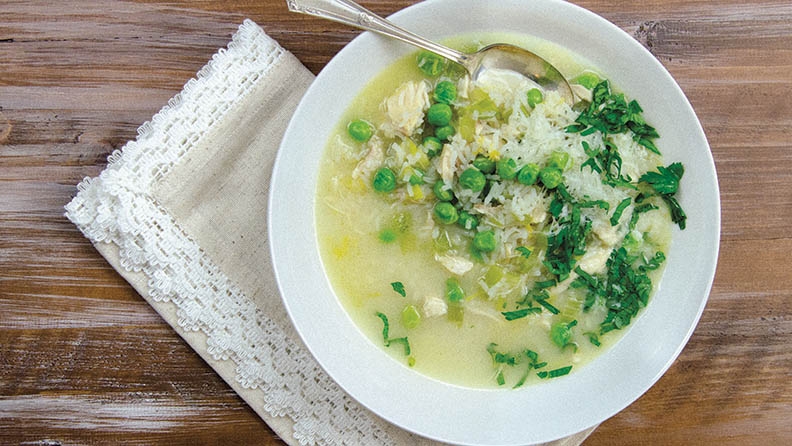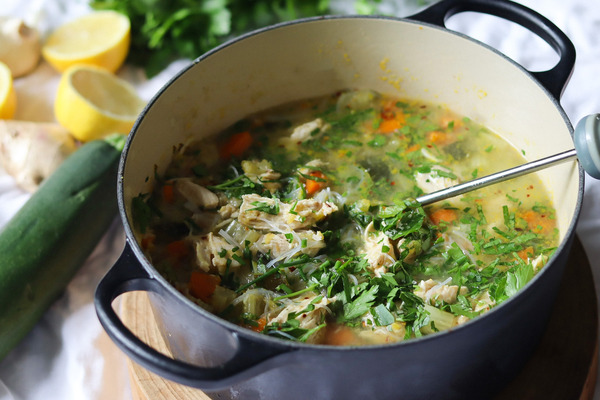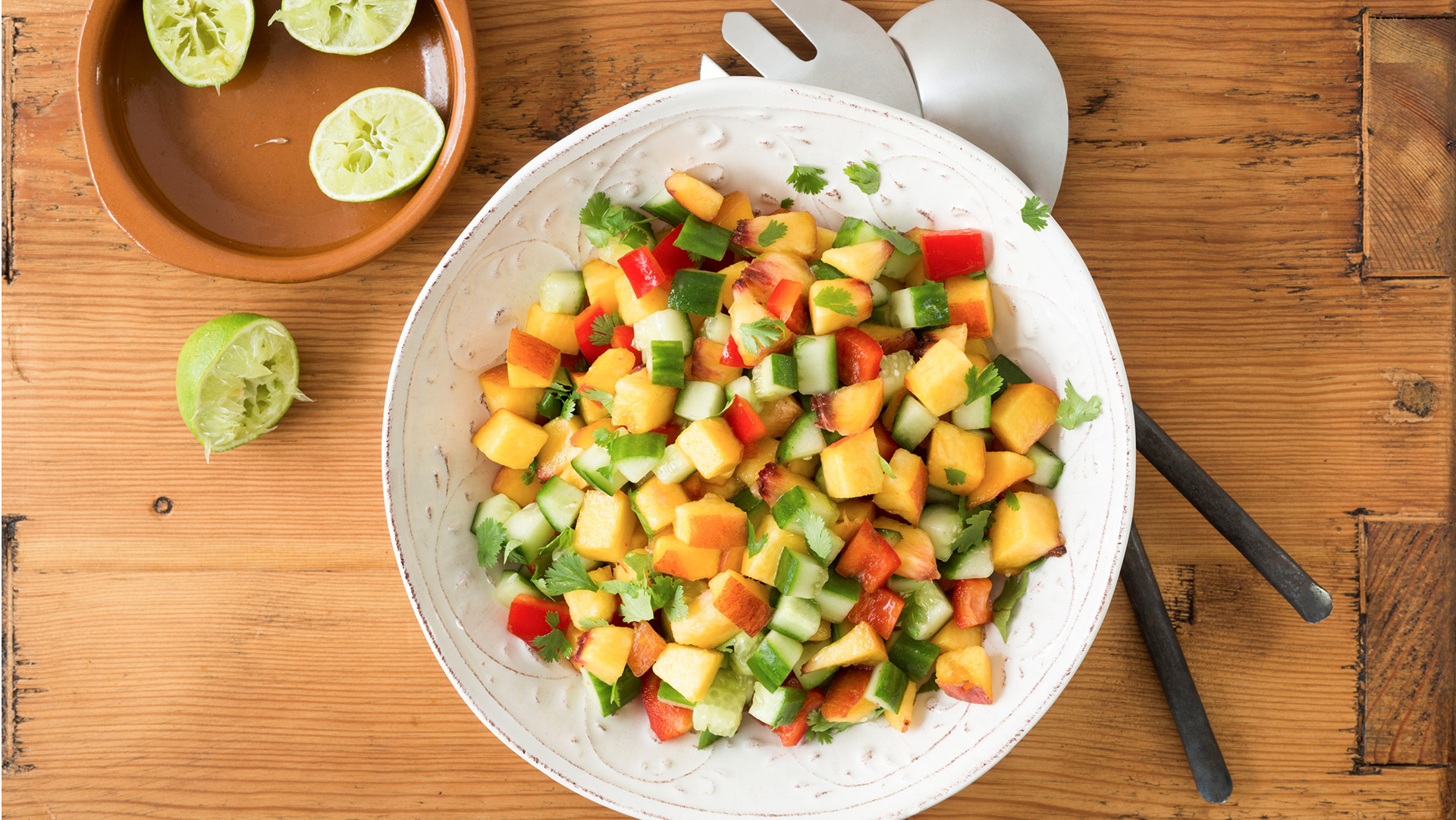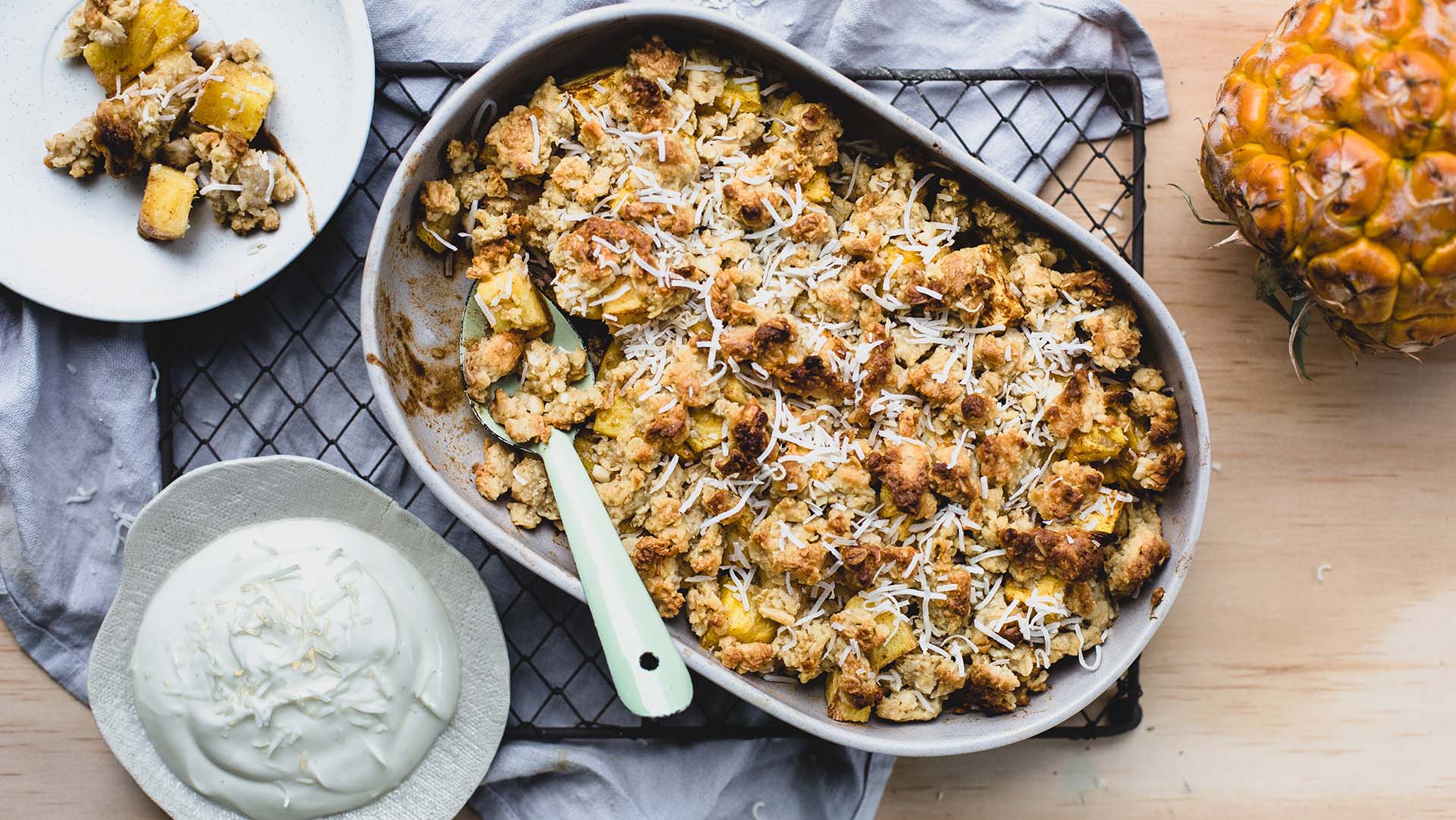-
Forget about the humble apple a day keeping the doctor away – if marketing hype is to be believed, we need to be loading up our diet with superfoods to give us superhealth. Some of the best foods to be eating, however, lack this marketing hype, but they do deliver on their health promises.
What is a superfood?
The word superfood is a widely used term, common on the internet and in the marketing of exotic (and normally expensive) fruits and vegetables. But what exactly constitutes a food being labelled as ‘super’?
'Superfood' has no meaning among nutrition scientists – the people who know the most about the science of food. The word also has no legal definition, so anyone is free to market any food they are promoting as ‘super’. Superfood is more an over-used marketing tool than a useful guide for consumers in choosing what foods to eat.
Putting the lack of a solid definition aside, closer scrutiny shows that any food labelled as a superfood will normally describe a food with a high content of nutrients that can offer health benefits. Examples of such nutrients include antioxidants, fibre, selenium, zinc and the healthy omega-3s oils. Not surprisingly, most of the superfoods are fruits or vegetables – foods which, when looked at collectively, certainly merit the super title and would be endorsed as such by any nutritionist.
"Superfood has no meaning among nutrition scientists. The word also has no legal definition, so anyone is free to market any food they are promoting as super."
Some of the foods that are commonly promoted as superfoods include:
- Blueberries
- Broccoli
- Garlic
- Quinoa
- Wheatgrass
- Tea
- Goji berries
- Soy
- Kale
- Noni juice
- Coconut oil
- Mangosteen
- Spirulina
- Acai
- Pumpkin seeds
All these foods can be good to eat. The real differences between them though are not their nutrients, but the amount of marketing spin, overblown health claims and price.
Just one example is the claim made about wheatgrass shots being nutritionally equivalent to one kilogram of vegetables. Such a claim is total nonsense. The nutrient composition of wheatgrass is similar to an identical serving of broccoli or spinach. In fact, a single floret of broccoli, or a tablespoon of spinach, will contain more folate and vitamin C than a shot of wheatgrass juice.
Superfood fail
Antioxidants are the most common nutrients focused on in in the promotion of superfoods. So how do the turbo-charged antioxidant claims made about some superfoods stack up? In 2007, CHOICE measured the antioxidant levels of a range of different samples of goji, noni, and acai juices. These juices are heavily promoted for the health benefits they give, arising from the high level of antioxidants they contain.
The results of testing were damning for superfood antioxidant claims. Compared to the antioxidant content of a Red Delicious apple, all of the juices tested contained only between 10% and 30% the amount of antioxidant capacity of a regular apple – yet they were sold for many times the price.
"High in fibre, loaded with nutrients, and containing minimal calories, cruciferous vegetables give you real bang for your nutritional buck."
Top superfoods to consume
So what are some core staple foods that are easily and cheaply found at the supermarket where there is good evidence of real health benefits? Here are my top five.
1. Cruciferous vegetables
Vegetables in this family include broccoli, cauliflower, kale, turnips, Brussels sprouts, bok choy, and cabbage. High in fibre, loaded with nutrients, and containing minimal calories, cruciferous vegetables give you real bang for your nutritional buck. The strongest research evidence points to regular eating of cruciferous vegetables being protective against cancer development.
2. Mixed nuts
Nuts are an excellent source of protein, healthy fats, fibre, and vitamin E. Eating a handful of nuts each day is linked to a lower risk of heart disease and type 2 diabetes and can help manage weight.
3. Tea
Tea is rich in flavonoids which have antioxidant, antimicrobial, and possibly cardio- and cancer-protective effects in the body. Both black and green tea appear to offer health benefits.
4. Berries
Blueberries are a common 'pin-up' superfood, but there is plenty to be said for the entire berry family. Cranberries, raspberries, strawberries and even goji and acai berries (as whole foods, not the expensive juice supplements) are all great to be eating more of for their fibre and antioxidants.
5. Oats
Oats are a good source of protein and B-group vitamins and are low in fat. The type of fibre in oats can lower cholesterol and help control blood sugar levels.
What it all means
Because there are thousands of natural chemicals present in foods, there is no single food that should be called a ‘superfood’. Instead, think ‘superdiets’ that contain plenty of different plant-based foods as the best way to eat for good health.
Will the real superfoods please stand up?
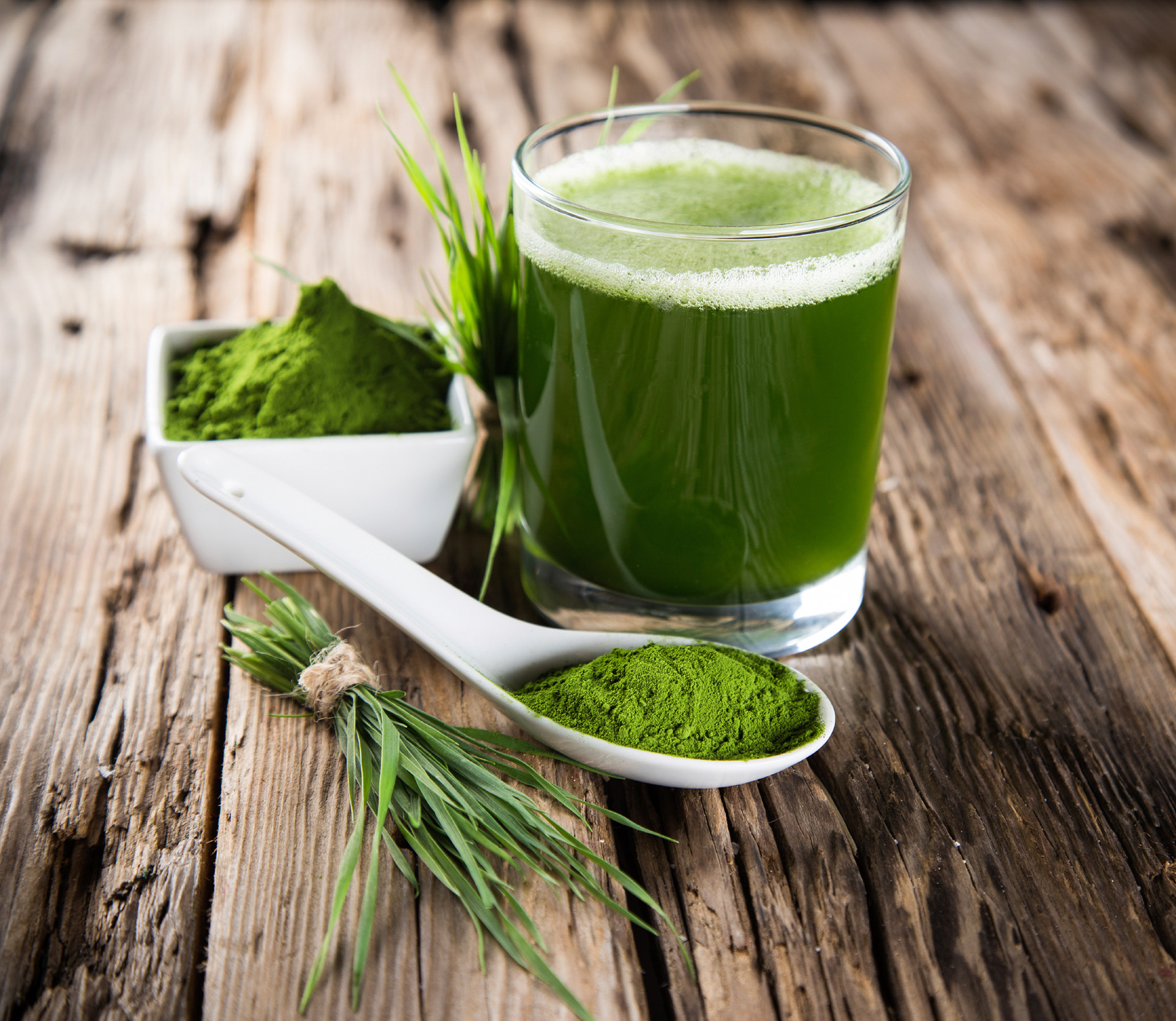
-
Is sharing a meal the secret ingredient to a happier life?
Why social connection may be the most important ingredient on your plate.
-
Chicken soup with parmesan, rice, peas and lemon recipe
Nourishing chicken soup
-
The best immunity-boosting foods
Key nutrients to focus on that could help to boost your immunity, and the how to get them.
-
Comforting chicken noodle soup
Packed with anti-inflammatory ingredients including leek, garlic and ginger, this chicken noodle soup is hearty, full of goodness and great for any night of the week.
-
Peach salsa recipe
Zesty and unusual peach salsa recipe
-
Pineapple gingerbread crumble recipe
A summer riff on a winter classic.
Subscribe to receive the best from Live Better every week. Healthy recipes, exercise tips and activities, offers and promotions – everything to help you eat, move and feel better.
By clicking sign up I understand and agree to Medibank's privacy policy


